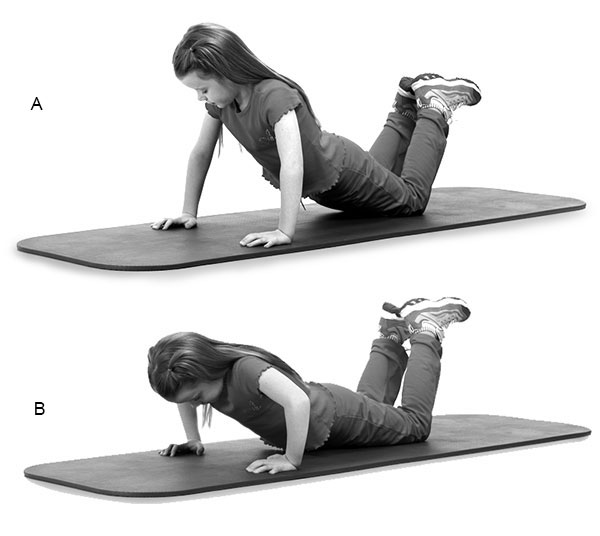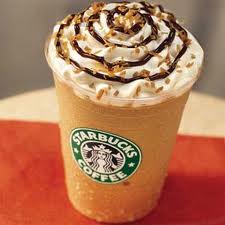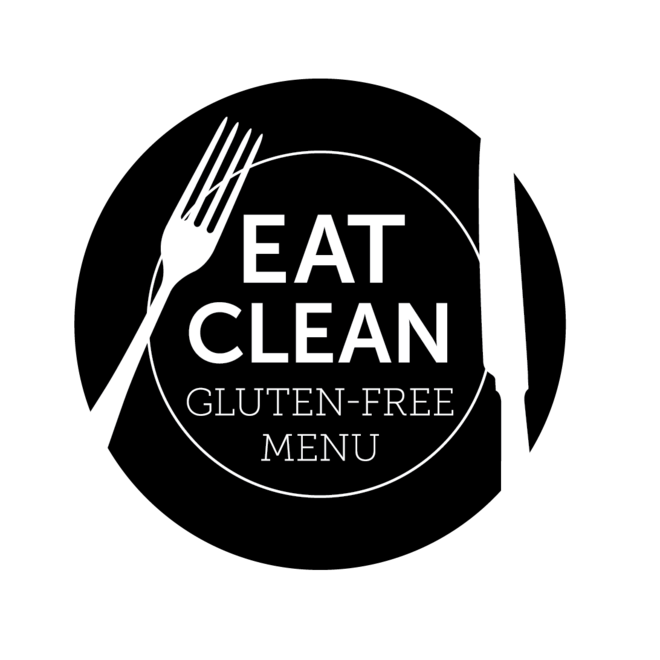Diet Strategies: Energy Balance and Weight Loss
If there's a god of weight loss, he's probably laughing.
For the past 40 years, virtually every weight-loss model has been based on the same principles, and virtually all of them have been wrong. The experts intoned, "Eat less, exercise more." They said that weight loss is all about "calories in, calories out." They informed us that a pound of fat contained roughly 3,500 calories, so if you simply deleted 500 calories from your daily meals or increased your daily exercise by 500 calories, or some combination thereof, you'd lose a pound of fat a week. And if you wanted to lose 2 pounds a week, you just had to double your savings to 1,000 calories a day.
Which is exactly how an anorexic would approach the problem: Starve and strain until you get that perfect, fat-free body, regardless of the muscle you lose or the damage you inflict on your metabolism. And if Lara Flynn Boyle has the body you want, go right ahead and try it.
For the benefit of the rest of you, I want to make two arguments, supported by the latest nutrition and exercise science. That science points toward a new, improved approach to weight loss. First, I want to show that when you eat has a profound effect on how your body deals with the calories you feed it. And I want to present a more sophisticated approach to exercise. This approach not only preserves your body's metabolism, the key to weight control, but also makes more productive use of your precious time and energy.
Grab a bite to eat, then chew on this.
10 lb of FatAccording to a Gallup poll, the average man believes he's overweight by the equivalent of this pile of lard. He's right, and it's likely gathering around his gut. Sure, he can easily hide it under a sweater, but abdominal fat is the worst kind, surreptitiously releasing fatty acids and other toxic substances that increase your risk of disease. Make that 39 diseases. Maybe you ought to nip this in the bud, huh?
Part 1: Energy Balance Is The Key To Weight ControlIf you want to understand energy balance in an instant, think of your body as a car that operates 24 hours a day, says Dan Benardot, Ph.D., R.D., a nutrition researcher at Georgia State University in Atlanta. You would never expect your car to get you from one place to the next without systematic refueling, just as you know there's no point in putting more gas in the tank than it's designed to hold. But that's how many of us operate our bodies.
We try to run on empty for hours, then dump in more fuel than we can handle. Benardot's research shows how self-destructive this strategy is.
Let's say you really want to lose fat, and decide to jog first thing in the morning, on an empty stomach. "The easiest way to get energy is to break down muscle mass," Benardot says. Your body can convert specific amino acids--the building blocks of muscle--to glucose, the sugar that powers human activity. "Someone running before eating may actually be breaking down the very tissue he's trying to improve. Sounds counterproductive to me."
Call it the "muscle loss" diet.
The second way is probably more typical of most of us. You can call this one the "fat gain" diet. You wait a long time between meals, and then, when you're ravenously hungry, you wipe out an entire buffet line. This guarantees that you'll get a larger surge of the hormone insulin than you ordinarily would. That means more fat storage.
And you can probably combine the "muscle loss" and "fat gain" strategies and turn your body into a perfect muscle-burning, fat-storing machine. Hard exercise slows down appetite in the short term, but as you get used to it, your appetite matches your exertion level. So if you go out and run 10 miles on an empty stomach, then eat enough to fuel a 15-mile run, the net effect is that you've lost muscle on the run and gained fat from the postrun meal.
Energy balance, the focus of Benardot's research, is the answer to both of these dilemmas. The athletes in his studies get the best results when they stay within 300 to 500 calories of perfect energy balance throughout the day.
This means . . .
1. Eat as soon as you wake up in the morning.
2. Make sure you eat something before you exercise, no matter what time of day it is.
Not only does the food prevent your muscle tissue from becoming cardio chow, but it increases the number of calories you burn during and after exercise. A 1992 study at Arnot-Ogden Medical Center in Elmira, New York, shows that exercise following a meal enhances metabolism.
3. Eat soon after exercising, when your body has depleted its energy stores. Act fast, or you'll start burning muscle for energy.
4. Eat a total of five to six small meals a day.
One of Benardot's studies showed that athletes who added three daily snacks to their three squares lost fat and gained muscle, on top of improving in all the other things that are important to athletes, such as power and endurance. Of course, you can't simply add a few hundred calories to your diet and lose weight, but you can redistribute your daily calories so you're eating more often but consuming less at individual meals.
However you do it, it's clear to Benardot that the worst strategy is cutting out tons of calories indiscriminately in hopes of sudden, dramatic weight loss. "If you're more subtle and try to lose a pound a week or 1 pound in 2 weeks, not only can you do it, but you'll be less likely to regain the weight," he says.
20 lb of FatMore than 60 percent of American men eat what they want, when they want, according to a Roper survey. No wonder millions of them are an all-conditions radial over their ideal body weight. If that's you, your chances of developing high blood pressure and diabetes are 70 and 250 percent greater, respectively. Now the good news: Losing 10 percent of your body weight is a simple matter of eating smarter and exercising more. Start now and you'll kick the tire in no time.
Part 2: Energy Flux Drives Your MetabolismYou probably know that your resting metabolism--the number of calories you burn in the 23 hours a day when you aren't exercising--slows as you get older. That's the reason most of us gain weight as we age. However, a 2001 University of Colorado study found that older men who exercise and eat as much as younger men have similar metabolic rates.
This doesn't mean you have to work out the way you did a decade ago, or drop your Healthy Choice dinners in favor of the Big Macs of your youth. It just means that the number of calories coming into your body has an influence on the number of calories going out. Two mechanisms are at work.
The first is what textbooks call the "thermic effect of feeding"--the caloric cost of digesting the food you eat. On average, it accounts for about 10 percent of the total calories you burn each day. But that's just an average. It can dip if you eat less, and it can rise if you eat more, or eat more often, or eat different types of foods.
The second is the effect of exercise and other movement throughout the day. This is the part of the equation most weight-loss experts focus on. But if you combine increased feeding with increased movement, you increase your "energy flux," and this is the key to maintaining a fast, muscle-friendly, fat-starving metabolism.
It's no more complicated than balancing your checkbook, which (in my experience, anyway) is a lot easier to do when you have plenty of money coming in than it is when you're unemployed. Some types of food are better at creating energy flux than others. Protein, for example, takes more calories to digest than either carbohydrates or fat. And studies show that protein from animal sources (steak!) seems to have a bigger bang than soy protein (tofu).
The type of exercise you do also affects energy flux. Strength training, for example, can create enormous increases in your resting metabolic rate that last a day or two after your workout. Aerobic exercise doesn't do much, if anything, to boost your metabolic rate, beyond the calories you burn while aerobicizing and for a brief time afterward.
This brings up the obvious question: What is it about strength training that creates a multiday afterburn? The most important factor is muscle repair. An hour of iron therapy causes your muscle tissues to break down at a higher rate than normal. But, thanks to the protein you've eaten after your workout, your muscles are also rebuilding themselves faster than they ordinarily would. So you have energy flux going on within the muscles themselves. A 2003 Finnish study found that protein synthesis (the process that builds bigger muscles) increases by 21 percent 3 hours after a workout, while protein breakdown increases 17 percent. The combination is called "protein turnover," and it uses up a lot of energy.
The type of workout that raises metabolism in studies is usually long and hard, although a recent Ohio University study used a short-but-hard workout and got similar results. The men in the study did circuits of power cleans, bench presses, and squats (a circuit being one exercise right after the other) for 31 minutes. They were still burning more calories than normal 38 hours after the workout.
30 lb of FatTry carrying a bowling ball around for an hour. Then imagine lugging two of them 24-7, which is exactly what you're asking of your body. No wonder your heart is working overtime and your cholesterol, likely 250 or greater, is in the gutter. If a heart attack strikes today, you have a 16 percent chance of not waking up. You need to begin losing weight now--there is no time to spare.
 Part 3: Diet And Exercise Turn Your Body Into A Fat-Burning Machine
Part 3: Diet And Exercise Turn Your Body Into A Fat-Burning Machine
Efficiency is a good thing when you're talking about running your business. But it sucks the benefits out of your diet and workout. The more efficient your body is at exercise, the fewer calories it burns. Think of the guy in your health club who does the exact same workout every time you see him, with the exact same weights. He never looks better from one year to the next because his body has become so efficient at doing those moves that it doesn't need to grow bigger muscles or burn more fat in order to finish the workout.
Science has shown us some good strategies for making exercise less efficient:
Strength training.
You can make your lifts less efficient in two ways--by increasing the amount of weight you're lifting, or by choosing exercises that are more challenging to your balance and coordination.
Let's say your maximum bench press is 200 pounds. Lifting 200 pounds once is very inefficient; your body throws every muscle fiber into it. But lifting 50 pounds four times is very easy, and thus efficient. The metabolic cost of lifting 200 pounds once is thus greater than the cost of lifting 50 pounds four times. Doing maximum-effort sets of three to six repetitions with, say, 165 to 185 pounds would be a better way to overload your metabolism than doing sets of 10 to 12 reps with lighter weights.
The least efficient lifts are those in which the weight is over your head. This would include standing shoulder presses, as well as exercises such as squats or lunges in which you hold a weight overhead. So instead of doing shoulder presses in a machine or sitting on a bench, stand and crank them out.
Endurance exercise.
No surprises here: If you perform intervals, in which you go hard, then easy, then hard again, you take the efficiency out of your run, swim, or ride. You can call this the "Old Science of Weight Loss," since studies have shown the fat-burning benefits of intervals since the early '90s.
Your diet, too, can be made less efficient, and thus more calorically costly. I showed in the previous section how a higher-protein diet kicks up your metabolism, a sign that your body is burning calories inefficiently. But if that protein comes in the form of high-calcium dairy--milk, yogurt, cheese--you take the inefficiency one giant step further.
50 lb of FatCarry this much extra weight and your chance of dying during your first heart attack is the flip of a coin. Survived the first one? You have a 49 percent chance of having another. Other diseases have your number, too: Your risk of diabetes is up 1,000 percent, and you're 17 percent more likely to suffer a stroke. You're a time bomb, which is too bad for you and the little boy. Not the one on your gut; the one you'll be leaving fatherless if you don't act today.
 Part 4: Put It All Together, Now
Part 4: Put It All Together, Now
That's a lot of science, which I now give you permission to forget. Just remember these five rules that derive from it.
1. Eat five or six times a day, avoiding large gaps between meals and snacks. Don't allow yourself to get ravenously hungry, and don't stuff yourself. If you find you're slipping into a bad mood before a meal, that's a pretty good sign you've waited too long to eat.
2. Eat some protein at every meal and snack, and some calcium-rich dairy at several of them.
3. Always eat something shortly before exercising; you'll burn more calories that way. (See "Perfect Meal Timing" at right for suggestions.) Then eat something soon after. This will speed up the repair process, which also costs your body some caloric capital.
4. Lift weights two to four times a week, focusing on the largest muscle groups. Three total-body workouts a week is ideal for creating a metabolic challenge; that way, you use all your big muscles every time you hit the gym.
5. Try to do something active on two or three of your nonlifting days. If you have the energy, interval workouts are best. But if these additional workouts leave you feeling wiped, it's far better to conserve your energy for three tough strength workouts a week, rather than spread it out over six half-assed exercise sessions.
I wish I could conclude this by telling you that weight loss is fast and easy, rather than slow and strenuous. But the exciting news is that science has found a straighter path to steady, successful weight loss--no starvation or death marches required. Here's wishing you a happy, less efficient new year.
-
Diet: Work and Working Out
Most of us men work harder at our jobs than on our bodies -- Mens Hea
-
Weight Loss Success Stories: Workout Buddy
Finding a good workout buddy can be harder than lifting the weights th
-
The Easy Way to Fight Belly-Fat
The next time you catch sight of a bag of chips, picture six-pack abs.
-
How To Eat 63 Percent Fewer Calories
Don’t be fooled by the label: People eat more of a meal if they think
-
Stick to Your Diet Every Meal
Your desktop background pic could help curb your 3 p.m. vending machin
-
The Best Workout for Weight Loss
Question: With so many kinds of different workouts, how do I pick the
- DON'T MISS
- Its Not Just 8 Weeks:
- Coconut Water -- Miracle Drink?
- Summertime Smoothies | Men's Health
- Restaurant SHOCKERS (Read this if you EVER eat out!)
- Weight Loss: Breakfast Food Portions
- Weight Loss: Bad Diet Habits
- 5 Steps to Bust Through a Weight-Loss Plateau:
- 2 Weight Loss Success Stories at
- The Perfect Weight-Loss Goal
- Athlete Weight-Loss Plan:




